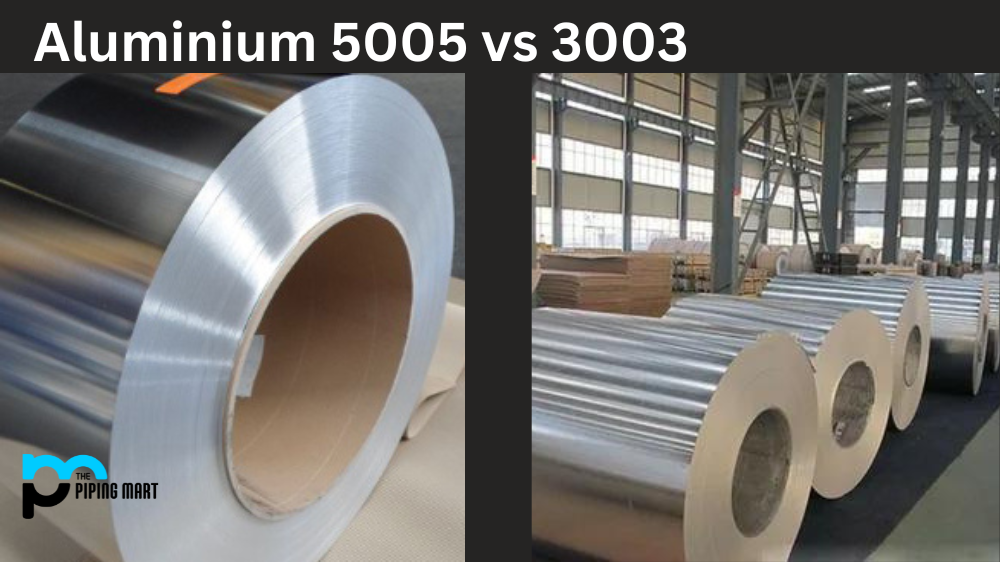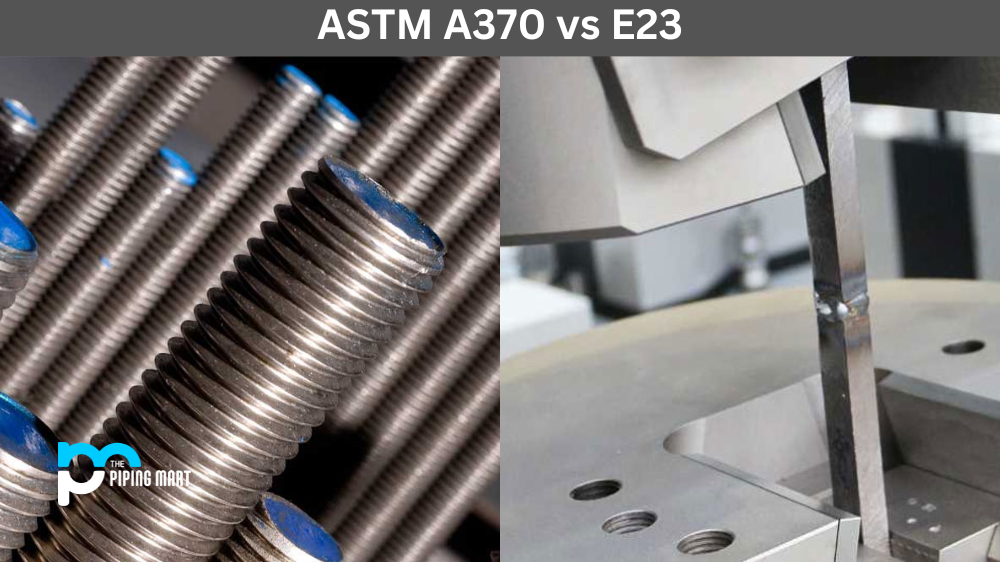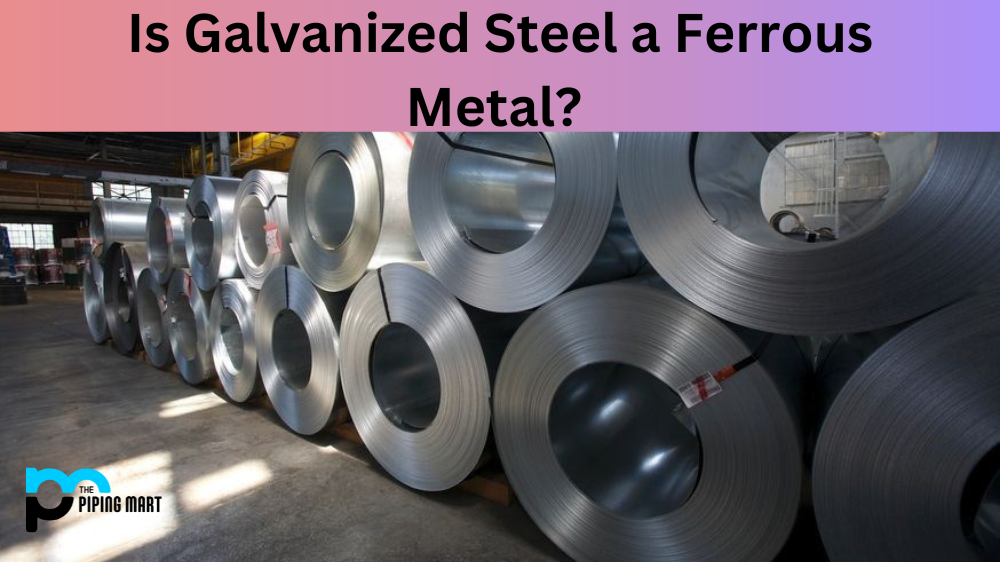Carbon steel is one of the most versatile metals used for various applications. With its unique ability to be molded, machined, and welded, it’s no wonder why so many industries rely on carbon steel as an essential element in their products and equipment. But did you know there are different types of carbon steel? Identifying carbon steel can help ensure you use the right type for your project. Let’s explore the various characteristics that help distinguish between different types of carbon steel.
Magnet Test
An easy way to identify carbon steel is with a simple magnet test. If it sticks, it is likely not stainless steel or other non-magnetic material such as aluminum. It is important to note that some grades of stainless steel are magnetic; however, if the magnet sticks, it does not guarantee that the material is carbon steel, as many alloys also display magnetic properties.
Appearance
In certain circumstances, you can tell what type of metal you are dealing with simply by looking at it. Different types of metals have distinct appearances due to their varying composition, including various grades of carbon steels. Low-carbon steels tend to have a dull gray color, while higher grades will be slightly shinier due to the higher amounts of chromium and nickel.
Spark Test
Another physical test that can be used on metal samples is known as a spark test. This involves striking a piece of metal against another piece or grinding a wheel made of hard carbide or ceramic materials with an angle grinder or similar power tool. The sparks produced by this process will have different colors depending on the metal tested. They can help determine whether you are dealing with carbon steel or a different kind of alloy material, such as stainless steel or aluminum.
Conclusion:
Identifying carbon steel isn’t always straightforward – especially if you don’t have access to specialized testing equipment – but hopefully, this guide has given you an idea about how to do so quickly and easily with essential tools like magnets and spark testers! Whether your project requires low-carbon steels for forging components or high-grade alloys for structural supports, knowing how to correctly identify each type can ensure your end product meets all safety standards and performs optimally for years to come!

Meet Bhavesh, a seasoned blogger with a wealth of knowledge and experience. From metal products manufacturing to retail, Bhavesh has a diverse background in various industries and is dedicated to sharing his insights and expertise with readers.




